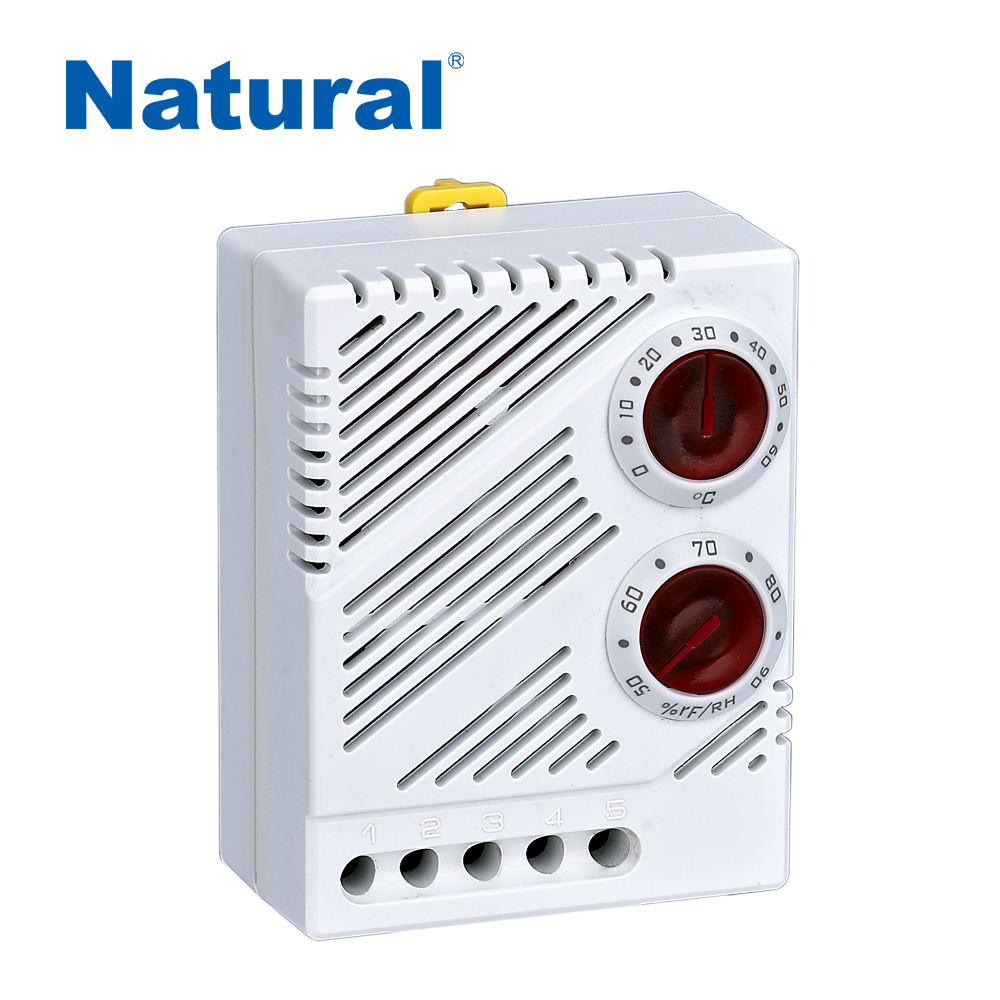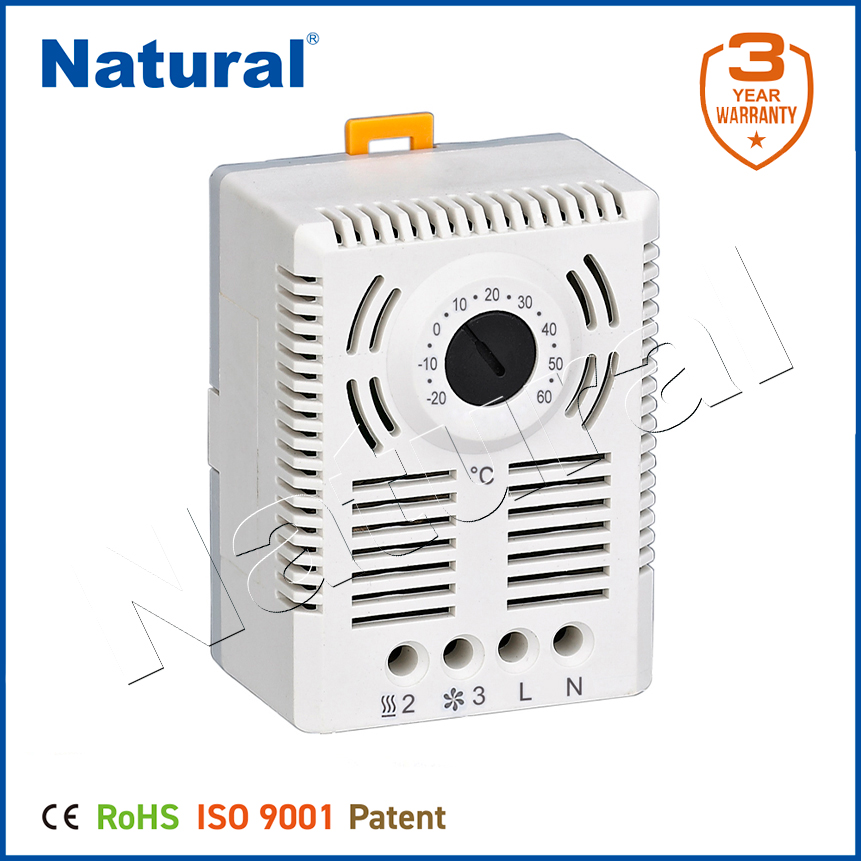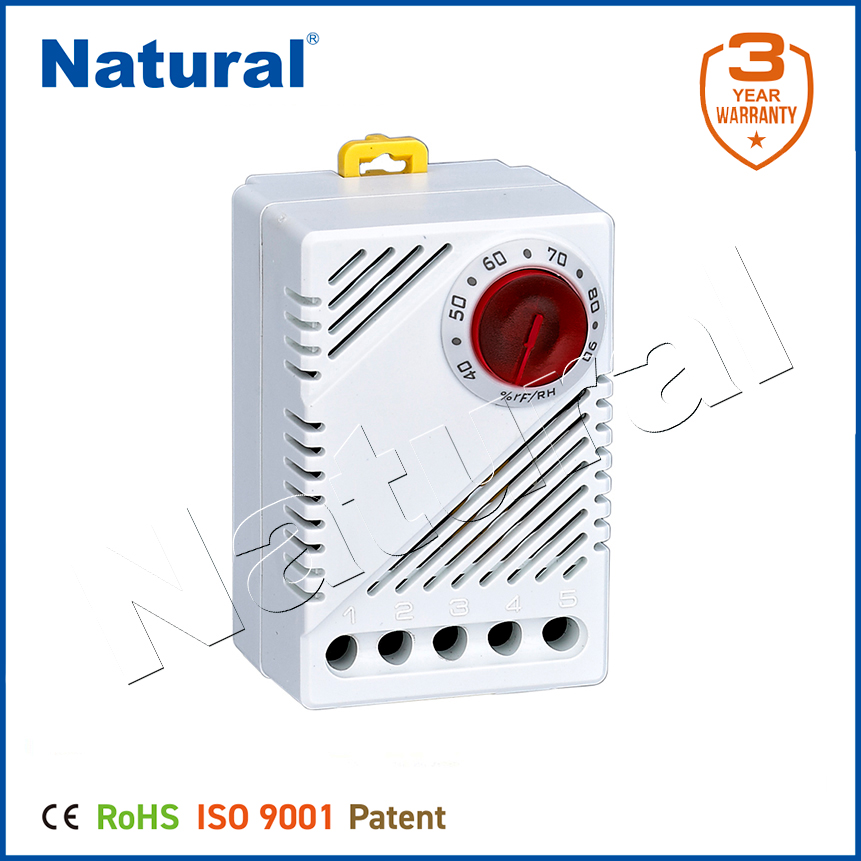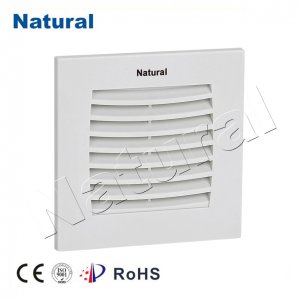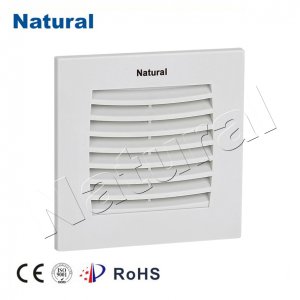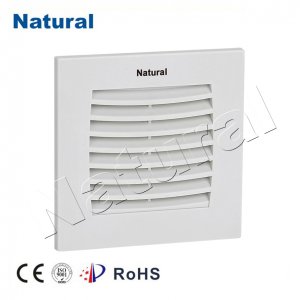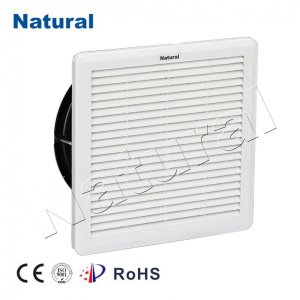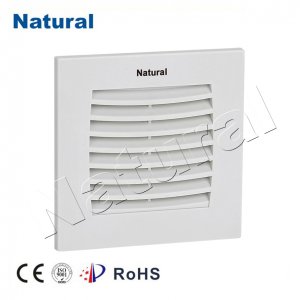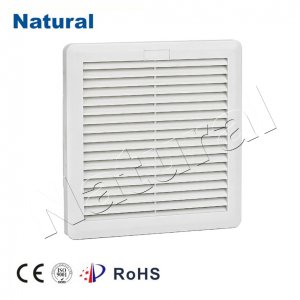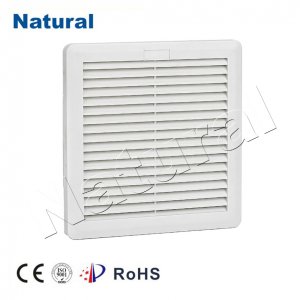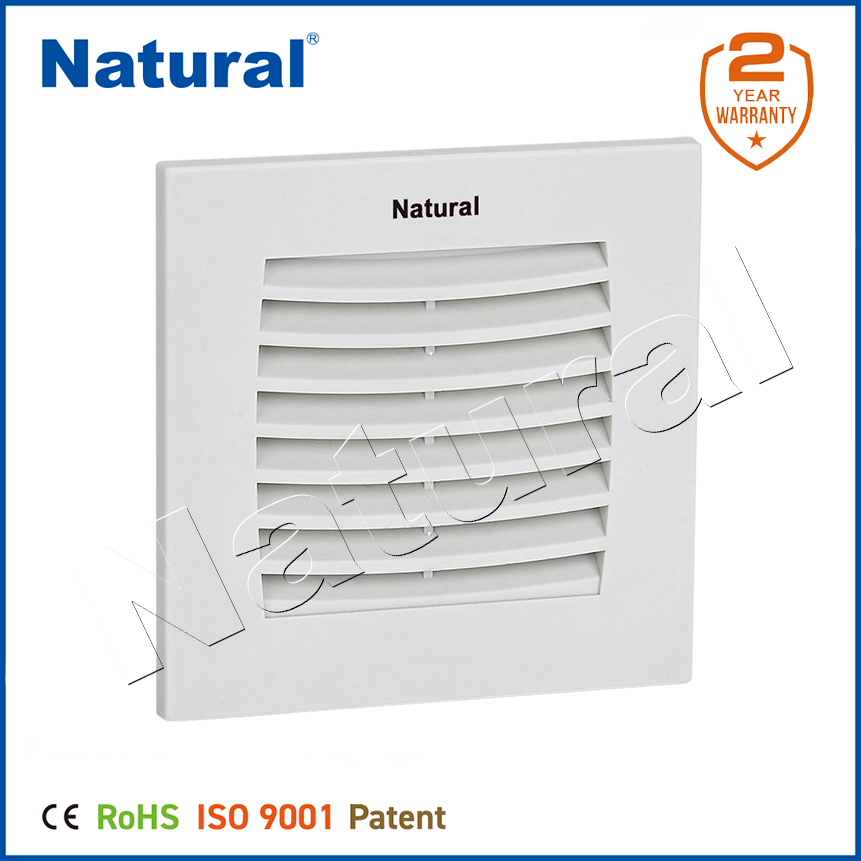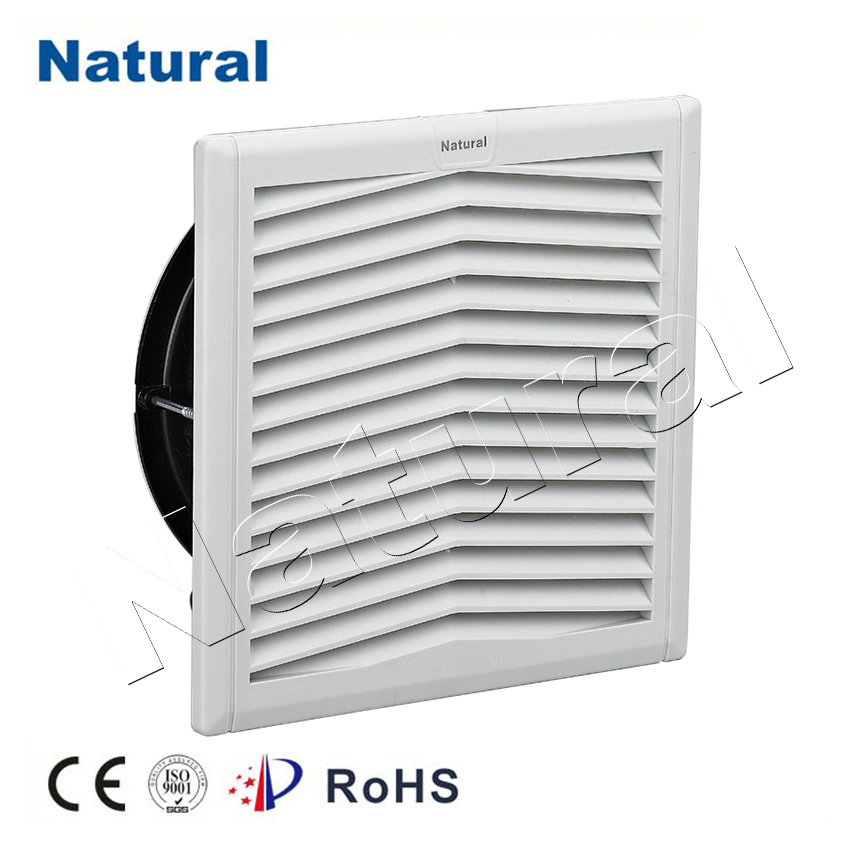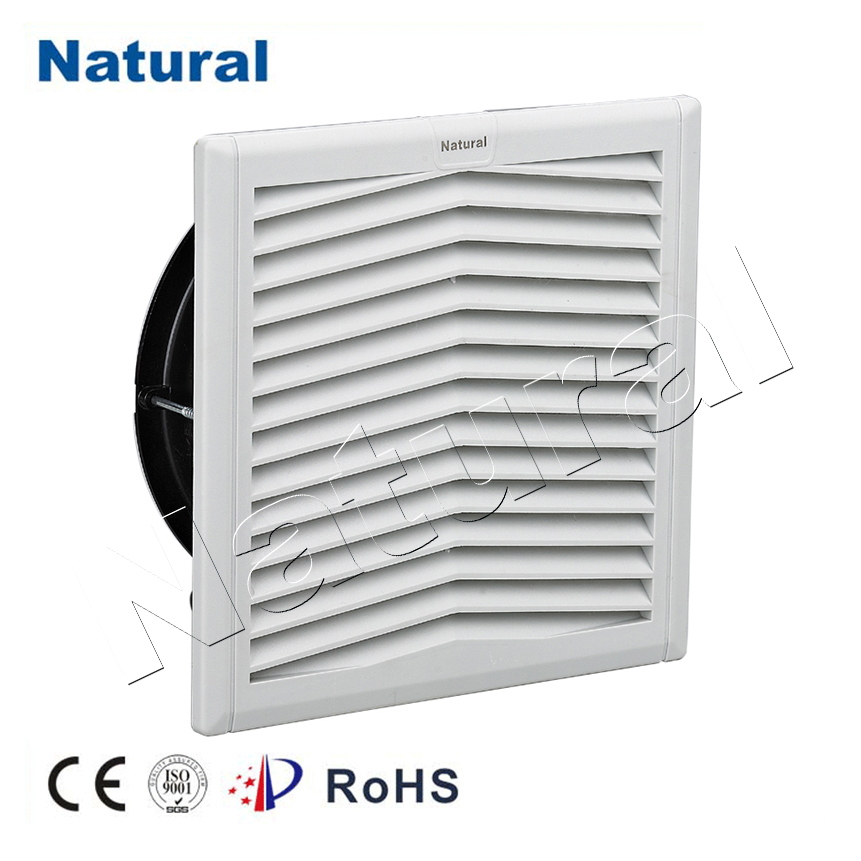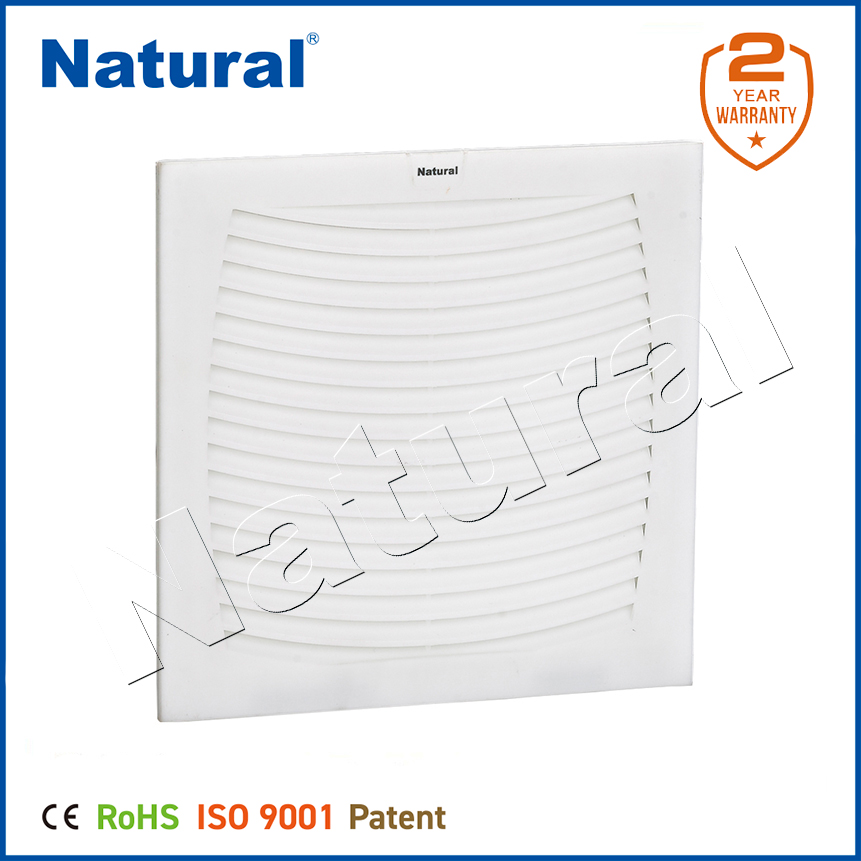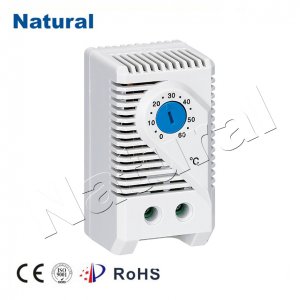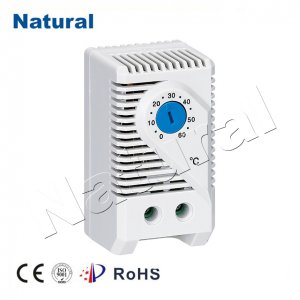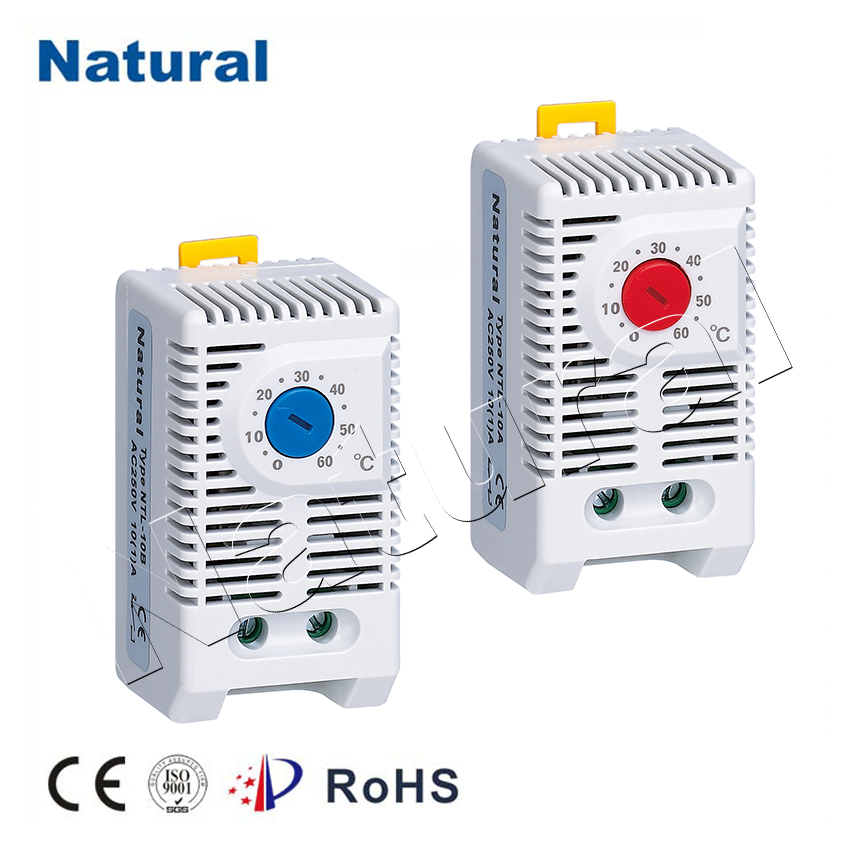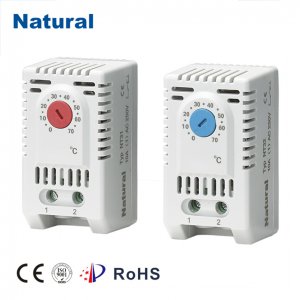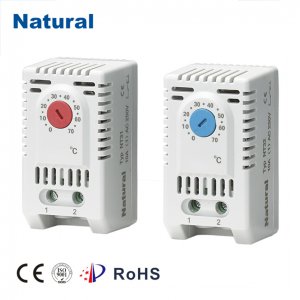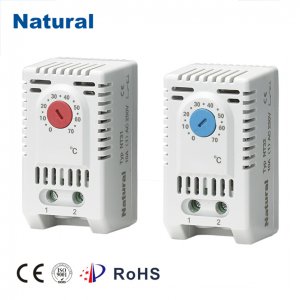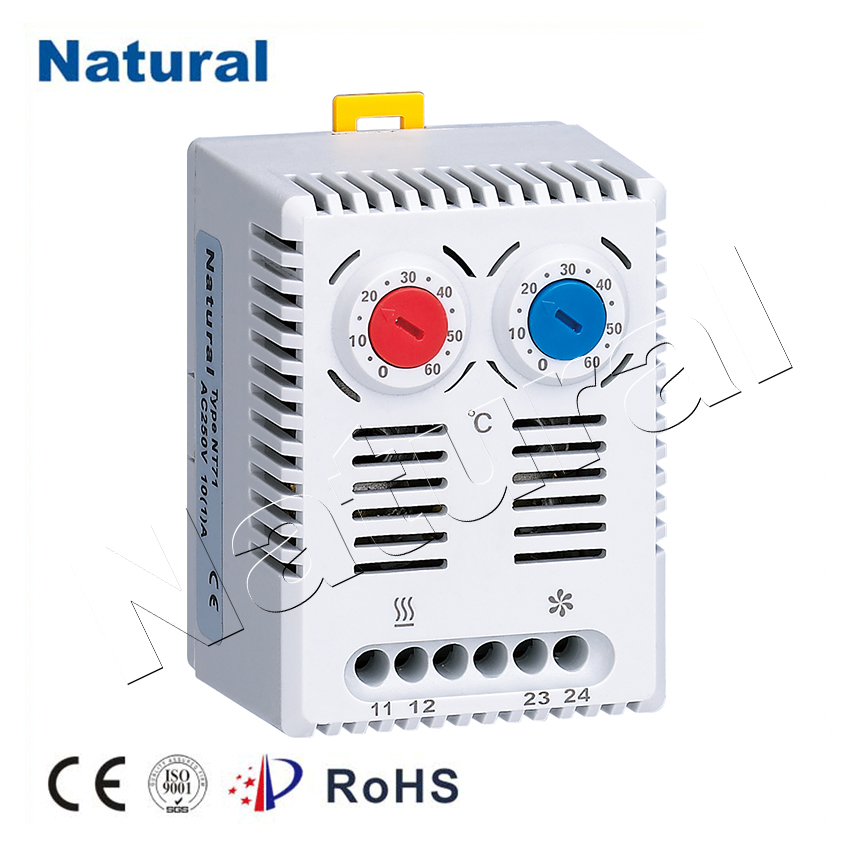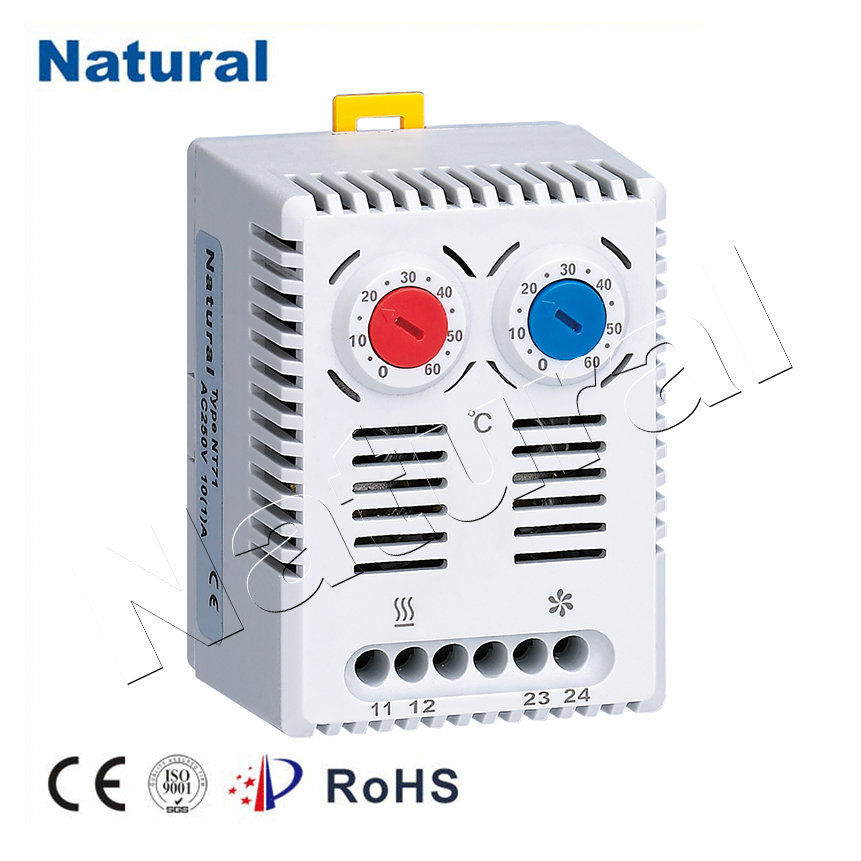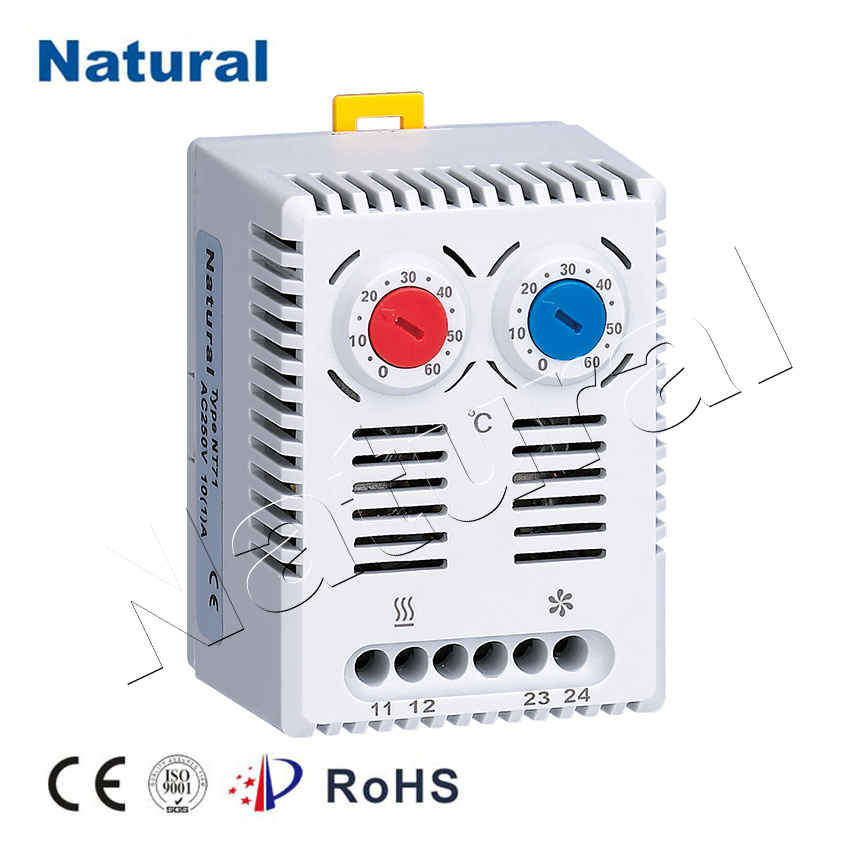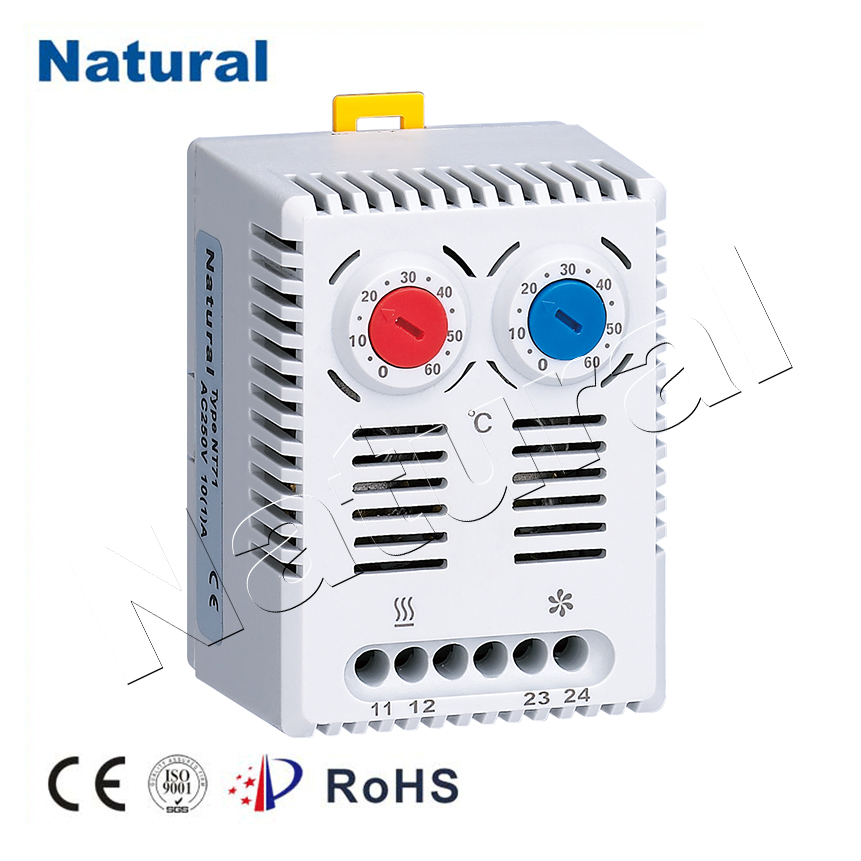In today’s world, maintaining the right temperature in our living and working spaces is more important than ever. Electronic thermostats have emerged as a key solution for effective climate control, enhancing comfort and energy efficiency. This article explores the functionality, benefits, and future trends of electronic thermostats, illustrating why they are becoming a staple in modern homes and offices.
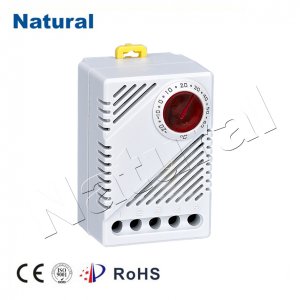
What is an Electronic Thermostat?
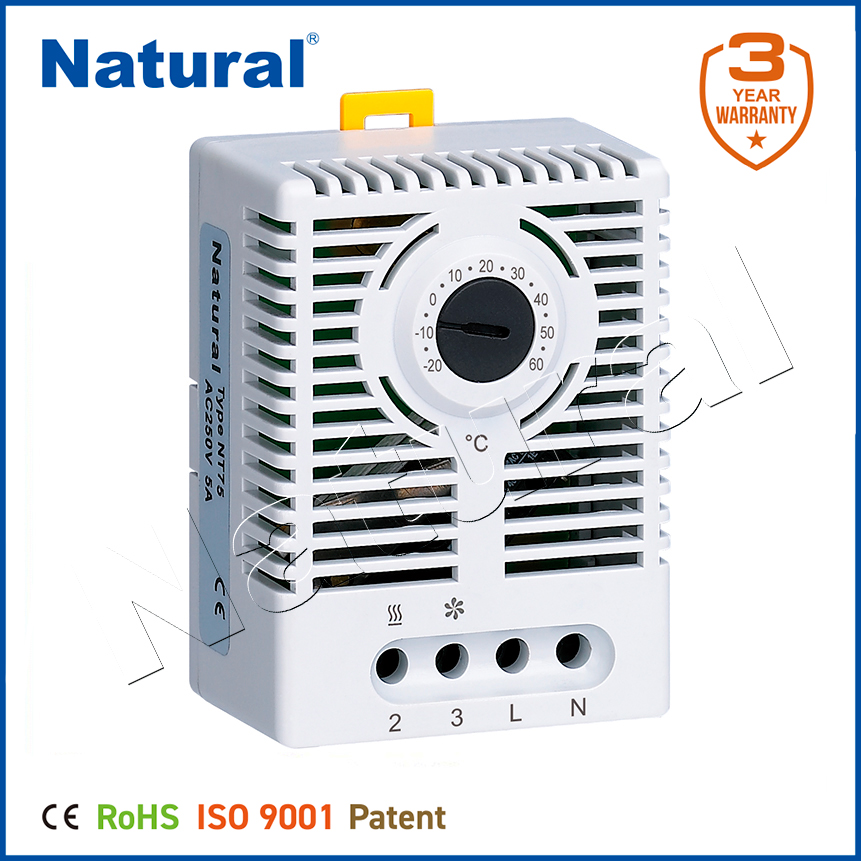
An electronic thermostat is a device used to regulate the temperature of a heating or cooling system automatically. Unlike traditional mechanical thermostats, which rely on a bimetallic strip or mercury bulb to sense temperature, electronic thermostats utilize digital sensors and microprocessors to monitor and adjust temperature levels with precision. This technology allows for more accurate readings and more efficient control over heating and cooling systems. How Do Electronic Thermostats Work? Electronic thermostats operate through a simple yet effective mechanism. When the ambient temperature deviates from the setpoint—meaning the desired temperature—the thermostat sends a signal to the HVAC (heating, ventilation, and air conditioning) system to either heat or cool the space. This process is managed by sensors that provide real-time temperature readings to the microprocessor.

